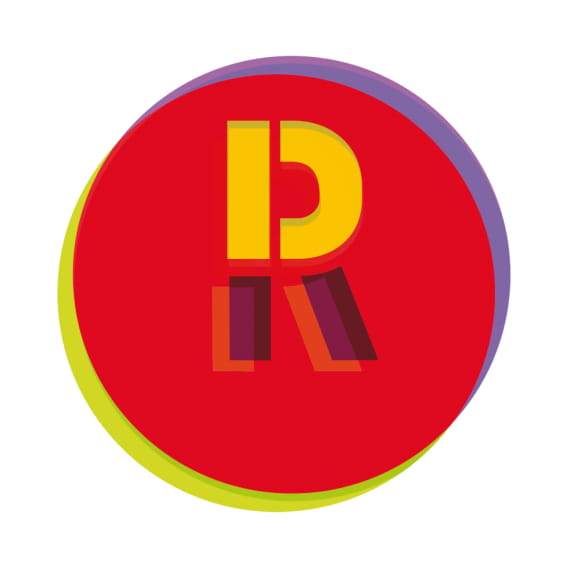David Apikian
David Apikian is a French-Armenian artist, born in Yerevan, Soviet Armenia, in 1950. From an early age, he was passionate about drawing and painting, which he discovered in the studio of his uncle, professional painter. He received a classical painting training at the Fine Arts Academy of Yerevan. At this time, he was mostly influenced by the French impressionists. He then studied cartoon design at the Soyuzmoultfilm in Moscow and worked at the Armenfilm in Yerevan.
His career was put on hold during the two years of military service, when he worked for the Agit Prop, creating the propaganda posters. Afterward, he started experimenting with color and shapes in motion, using both his cinematographic experience and drawing inspiration from the famous “Spiritual in Art” by Vassily Kandinsky. Later on, he will continue this research using computer tools and techniques.
In 1973, Apikian moved to Estonia to enter Tallinn’s “Viiralt” Institute, influenced by the Bauhaus and the Scandinavian School of Architecture. He studied there under the direction of two prominent architects, Vaïno Tamm and Vello Asi and participated in developin the project of the Tallinn Olympic Regatta Center for the 1980 Olympic Games. In 1982 he graduated from the Institute in the Architecture and Furniture Design department.
During the eleven years spent in Estonia, Apikian deepened his research on abstract geometrical forms, using the plexiglass models, metal, mirrors and pictures. He also made numerous friends among the Soviet artists of the 70s, Vladimir Makarenko, Evgueny Roukhine, Leonhard Rabbit, Ado Lill, etc. He also claims the influence of Tönis Vint, the spiritual father of the Estonian avant-garde, a charismatic personality who transformed, through his intellectual curiosity and the depth of his philosophical reflection, his vision of art. His main sources of inspiration, however, remain the masters of the Russian avant-guard such as Vasily Kandinsky, Kasimir Malevich, Yakov Chernikhov, Ivan Leonidov, and others.
In 1984, Apikian emigrated to France and settled in Paris, where he first worked for various architectural firms and since 1986, using his previous experiences of animator and architect, he started working for the company TRUQUE, which makes special effects for television and cinema. Later on, he worked as an independent special effect specialist, directing projects for various film production companies (Gde Bretagne, Portugal, Korea, Kuwait, etc.). He also started teaching architectural visualization and animation in three dimensions as a visiting professor in several colleges in Paris and Copenhagen.
At the same time, he continued his artistic activities (painting, graphic design, experimental animated films, and interactive installations), using sophisticated computer tools for representation and animation in three dimensions. The computer became for him one of the tools that, as the great pioneer of the digital art Vera Molnar said, are both “quick and efficient, facilitating the systematic investigation of the infinite field of possibilities”, while also it is understood that the tool “does not create the work in the place of the artist”.
These computer tools naturally allow him to unite movement colors and lines in a three-dimensional space, and to synthesize his previous experiences. His works, paintings, graphics, experimental films, are regularly shown at the exhibitions and festivals and are part of several private collections. His animated film, “Animae” received a special mention at the Premio Simona Gesmundo Animation Festival 2010.
For Jacques BARSAC, writer and art historian: “The painted work of David Apikian is placed on the trajectory of the huge pavement launched by the Russian avant-garde in the 20s. His paintings are the contemporary link to the constructivists such as Melnikov, Tatlin or Leonidov. An architect like them, he creates a new utopia because the utopia of his illustrious predecessors has become reality.
David Apikian is a visionary who sees right. He paints the limitless city-ship, which is lost in space and time, the city of globalization of the planet that has become unique, infinite, abysmal where parallels are found in the center of the paintings plunged into vertigo. “
